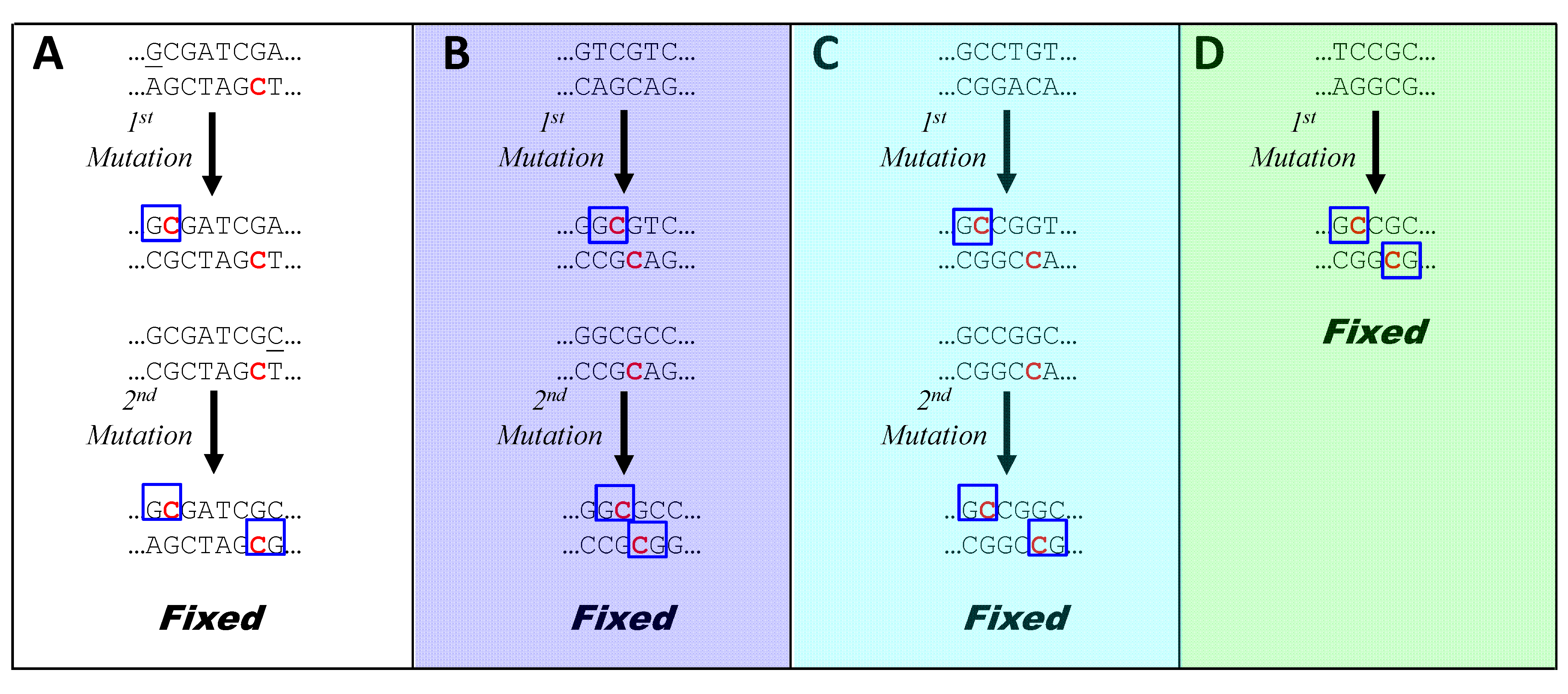
In most methods ( Shyamala and Ferro-Luzzi Ames, 1993 Grivet et al., 2001 Rishi et al., 2004 Tan et al., 2005 Wang et al., 2007, 2011 Leoni et al., 2008 Reddy et al., 2008 Tonooka and Fujishima, 2009 Tsuchiya et al., 2009 Bae and Sohn, 2010 Ji and Braam, 2010 Liu et al., 2013 Trinh et al., 2014 Chang et al., 2018 Schrader and Schmitz, 2018 Li et al., 2019 Ashrafmansouri et al., 2020 Zeng et al., 2020 Fraiture et al., 2021), nested SSPs and multiple rounds of amplification are used to improve the specificity of GW. This region is used as a “sequence tag” to bind a sequence-specific primer (SSP) or a set of “nested” SSPs. Modern PCR-based methods allowed GW on template DNA from human, animal, plant, fungal, bacterial, and viral origins.Ī common requirement for PCR utilization in GW is the presence in a targeted template DNA of a region (which may be quite short) for which the nucleotide sequence is known or at least may be predicted. The introduction of PCR in the early 1990s radically changed GW approaches, as GW is currently predominantly based on PCR. Based initially on the creation of libraries of cloned DNA fragments and screening for individual clones, GW approaches have evolved considerably to become rapid and efficient protocols that are independent of cloning. Targeted genomic regions for which the nucleotide sequences are not known can be captured for sequencing and other applications by a variety of methods collectively known as genome walking. The Ac transposon sequence in the maize ( Zea mays) genome was used as a sequence tag during the TD procedure to characterize the Ac integration sites. This study illustrates the utility of PST-PCR v.2 for transposon display (TD), which is a method to characterize inter- or intra-specific variability related to transposon integration sites. Importantly, akin to the previous version, PST-PCR v.2 is not sensitive to template DNA sequence complexity or quality. This reduces non-specific random amplified polymorphic DNA (RAPD)-like amplification and formation of non-templated amplification. Furthermore, the conditions for PST-PCR v.2 are easier to optimize, as only one sequence-specific primer is used. For this reason, PST-PCR v.2 can be applied beyond the classical task of GW for studies in population genetics, in which PST-PCR v.2 is a preferred alternative to amplified fragment length polymorphism (AFLP) or next-generation sequencing. PST-PCR v.2 is highly suitable for simultaneous work with multiple samples. The entire procedure takes approximately 2–3 h to produce the amplified PCR fragment, which contains a portion of a template flanked by the sequence-specific and capturing primers. The key advantage of PST-PCR v.2 is the convenience of using a single universal primer with invariable sequences in GW processes involving various templates.

The second round uses a combination of a single (preferred) or two universal primers one anneals to a 5′ tail attached to the sequence-specific primer and the other anneals to a different 5′ tail attached to the PST primer. The first round uses a combination of one sequence-specific primer with one capturing (PST) primer. PST-PCR v.2 consists of two rounds of PCR. Like PST-PCR, this new method (called PST-PCR v.2) relies on targeting of capturing primers to palindromic sequences arbitrarily present in natural DNA templates. This study presents a methodological improvement to the previously described GW technique known as palindromic sequence-targeted PCR (PST-PCR). Recently developed PCR-based methods allow for combining of sequence-specific primers with designed capturing primers capable of annealing to unknown DNA targets, thereby offering the rapidity and effectiveness of PCR. Genome walking (GW), a strategy for capturing previously unsequenced DNA fragments that are in proximity to a known sequence tag, is currently predominantly based on PCR. 4Natural Resources Institute Finland (Luke), Helsinki, Finland.3National Center for Biotechnology, Nur-Sultan, Kazakhstan.2Viikki Plant Science Centre, HiLIFE Institute of Biotechnology, University of Helsinki, Helsinki, Finland.1National Laboratory Astana, Nazarbayev University, Nur-Sultan, Kazakhstan.


 0 kommentar(er)
0 kommentar(er)
